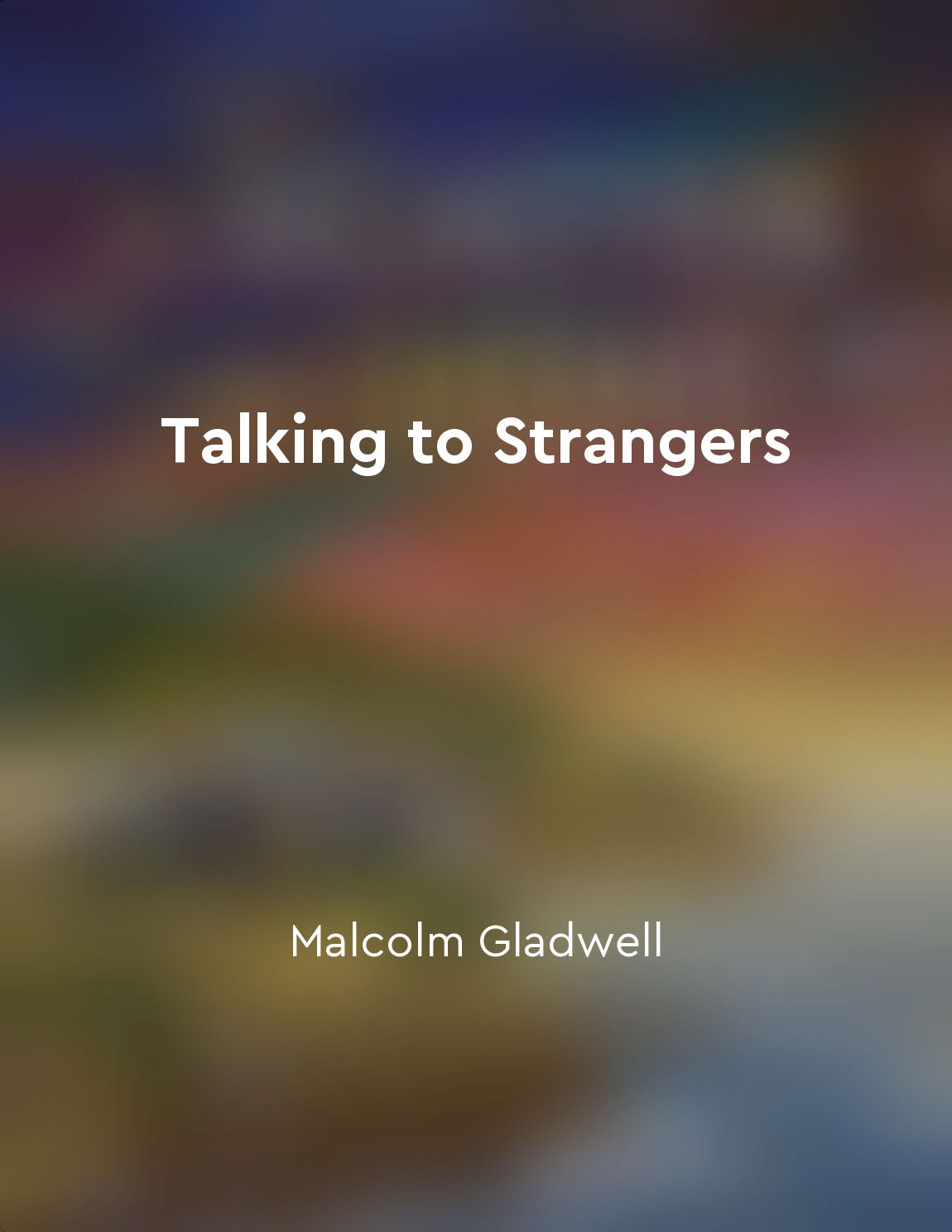Audio available in app
Respect cultural differences from "summary" of How to Talk to Anyone at Work: 72 Little Tricks for Big Success Communicating on the Job by Leil Lowndes
Understanding and respecting cultural differences is crucial in today's diverse workplace. It involves recognizing that people from different backgrounds may have varying beliefs, values, and communication styles. By being aware of these differences, you can avoid misunderstandings and build stronger relationships with your colleagues. One way to show respect for cultural differences is to be open-minded and curious about other cultures. Instead of making assumptions or stereotypes, take the time to learn about the traditions and customs of your coworkers. This shows that you value their perspective and are willing to engage with them on a deeper level. Another important aspect of respecting cultural differences is to be mindful of your language and nonverbal cues. Certain gestures, tones of voice, or words may be offensive or misunderstood by someone from a different cultural background. By being aware of these potential pitfalls, you can avoid unintentionally causing offense and maintain a positive working environment. Additionally, it's important to be flexible and adaptable in your communication style. What works in one culture may not work in another, so being able to adjust your approach based on the cultural context is key. This shows that you are willing to meet others halfway and make an effort to connect with them on their terms.- Respecting cultural differences is about acknowledging and embracing the diversity that exists in the workplace. By being open, mindful, and adaptable, you can foster a more inclusive and harmonious work environment where everyone feels valued and respected.
Similar Posts

Recognize that misunderstandings are often the result of differing perspectives
When two people have a disagreement, it's easy to assume that the other person is wrong and we are right. We tend to believe th...
Body language complements verbal communication
One key aspect of effective communication is the recognition that our body language often conveys just as much, if not more, in...
Use of visuals and multimedia can enhance communication effectiveness
Visuals and multimedia have become powerful tools in enhancing communication effectiveness in today's business world. Incorpora...
Technology influences workplace communication
Technology has a significant impact on the way we communicate in the workplace. In today's fast-paced world, communication tool...
Communication is essential for personal growth
Communication plays a crucial role in our personal growth journey. It is through effective communication that we are able to ex...

Enjoy the process and embrace the connections made through small talk
The beauty of engaging in small talk lies in the process itself. It's not just about exchanging pleasantries or filling the sil...
Advocacy for marginalized groups amplifies their voices
Advocacy for marginalized groups is like turning up the volume on a speaker that has been silenced for far too long. It is abou...
Fidgeting can signal nervousness
Fidgeting can signal nervousness. When people are feeling anxious or stressed, they may exhibit various fidgeting behaviors. Th...
Language plays a role in shaping professional identities and reputations
Language is not just a means of communication in the professional world; it is also a powerful tool that can shape how individu...

Learn to question assumptions when dealing with strangers
When we interact with strangers, we often make assumptions based on limited information. These assumptions can be influenced by...

